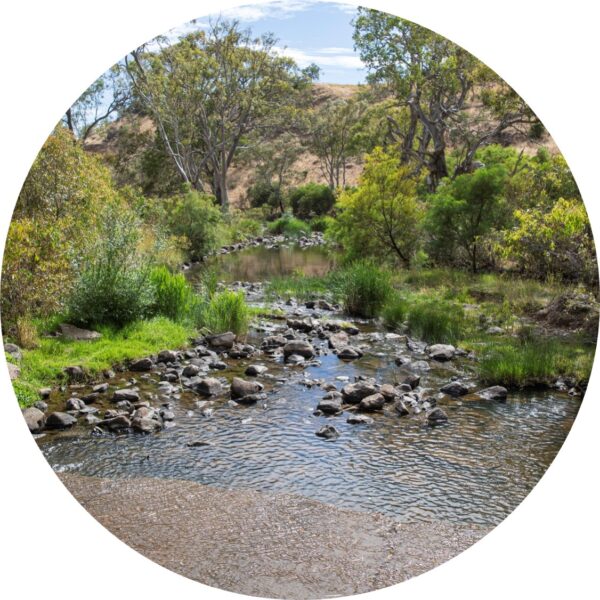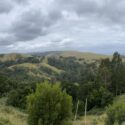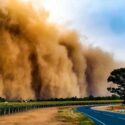Tullaroop Integrated Catchment Management Plan
Natural Decisions, in collaboration with the Dja Dja Wurrung Clans Aboriginal Corporation, have developed a Tullaroop Integrated Catchment Management Plan (ICMP) for the North Central CMA and Central Highlands Water.
The Tullaroop catchment provides a range of additional environmental, social, cultural and economic values to communities in central Victoria. It supplies drinking water for the residents of Maryborough and surrounding localities as well as water resources for downstream irrigation along the Loddon/Murray system. The catchment has well-recognised and notable values associated with its waterways and surrounding landscapes. This includes highly productive agricultural land that is used for grazing and cropping, significant wetlands and associated terrestrial habitat. The catchment has sites of major significance to the Traditional Owners, the Djaara people.
The catchment faces significant future threats to water quality and the health of aquatic ecosystems from uncontrolled livestock access to waterways and riparian areas. Climate change, through reduced rainfall and higher temperatures is predicted to have a major impact on water yield and river flows; this will exacerbate existing threats to water quality and waterway health.
The ICMP resulted from a collaborative effort from catchment authorities, water corporations, government agencies, Landcare and other interested community groups. The Dja Dja Wurrung Clans Aboriginal Corporation played a significant role in identifying significant values of importance to Traditional Owners through an Aboriginal Waterways Assessment. The results of this work have fundamentally shaped the design of the plan and the priorities recommended for implementation. The Plan has been developed for implementation over 30 years. It incorporates the most cost-effective components of improving river health (fencing the remainder of Birch’s and Tullaroop creeks), improved water supply management practices (stock exclusion from the reservoir, septic audit and compliance measures) and includes priority activities informed by an Aboriginal Water Assessment (Wartaka – cultural management and empowerment of landscape, revegetation and weed control at Long, Merin Merin and Middle swamps, Djandak Wi- cultural burning and cultural heritage audits). The development of the ICMP was underpinned by an environmental benefit:cost analysis using the Investment Framework for Environmental Resources (INFFER). This analysis includes quantified (catchment improvement) and non-quantified benefits (cultural and organisational benefits and perhaps a small reduction in the frequency of algal blooms) at a relatively modest present value of costs of $7.74M over 30 years, with a benefit: cost ratio of 1.05, which represents a cost-effective investment.
The ICMP has successfully broken new ground through the successful integration of insights, knowledge and techniques from both a western scientific tradition and those of our First Nations people in identifying long-term, practical and meaningful actions to improve catchment health outcomes.
Posted 16 December 2022 in News




















